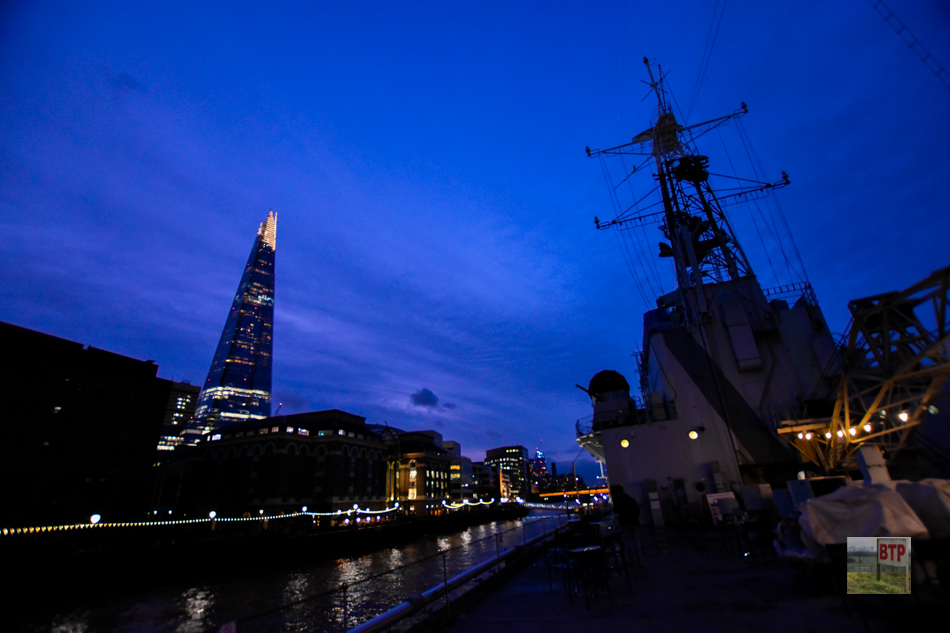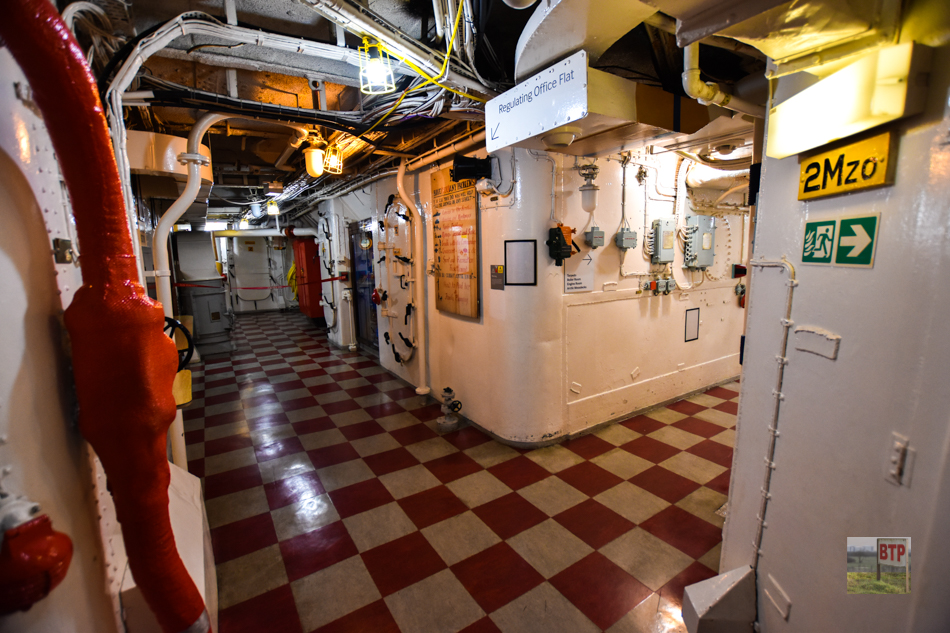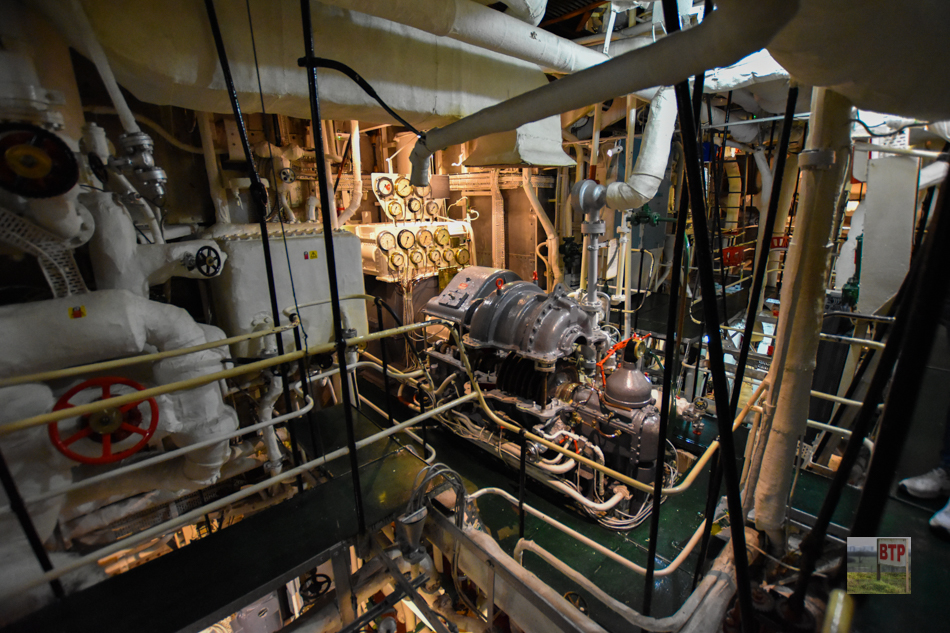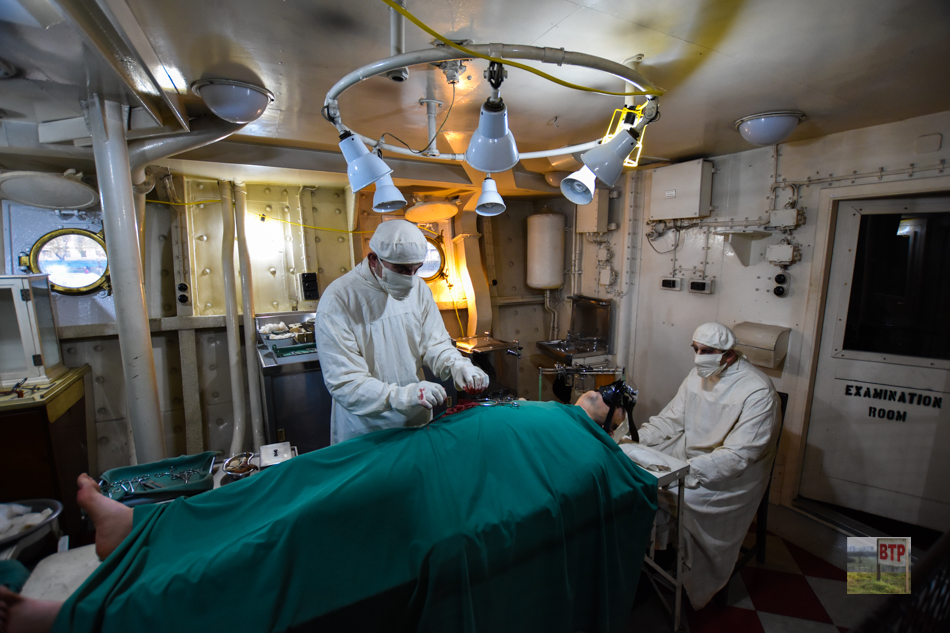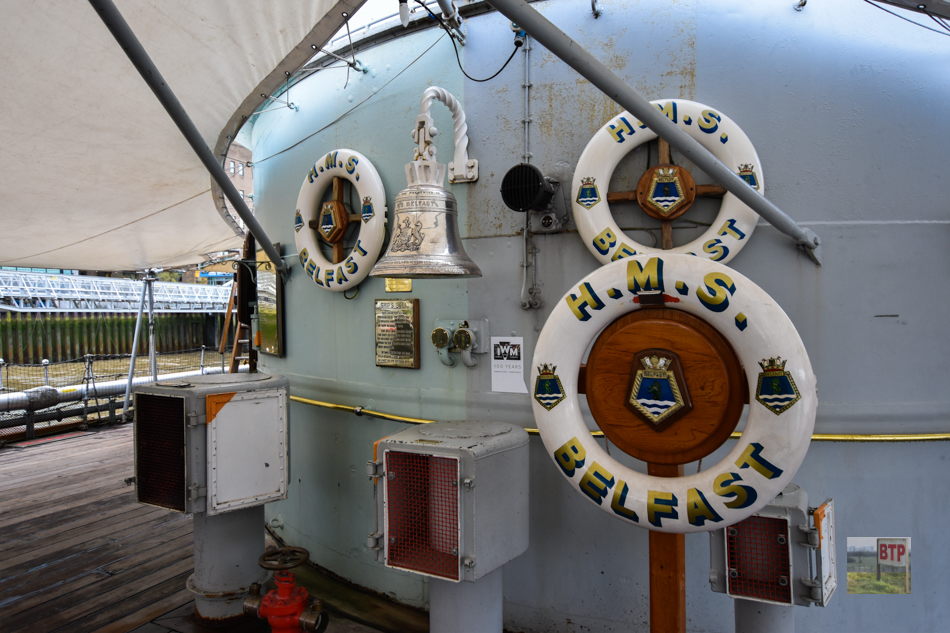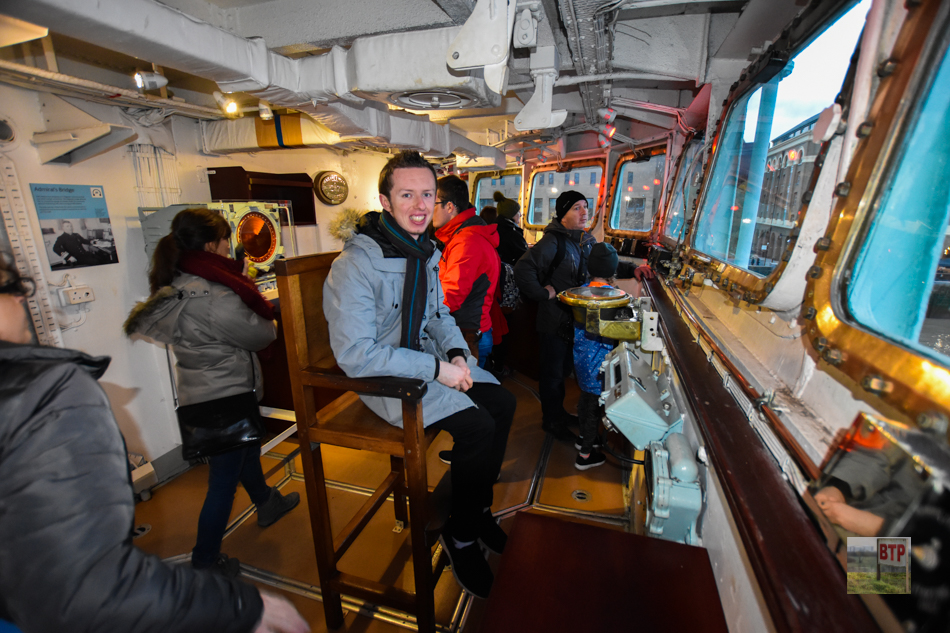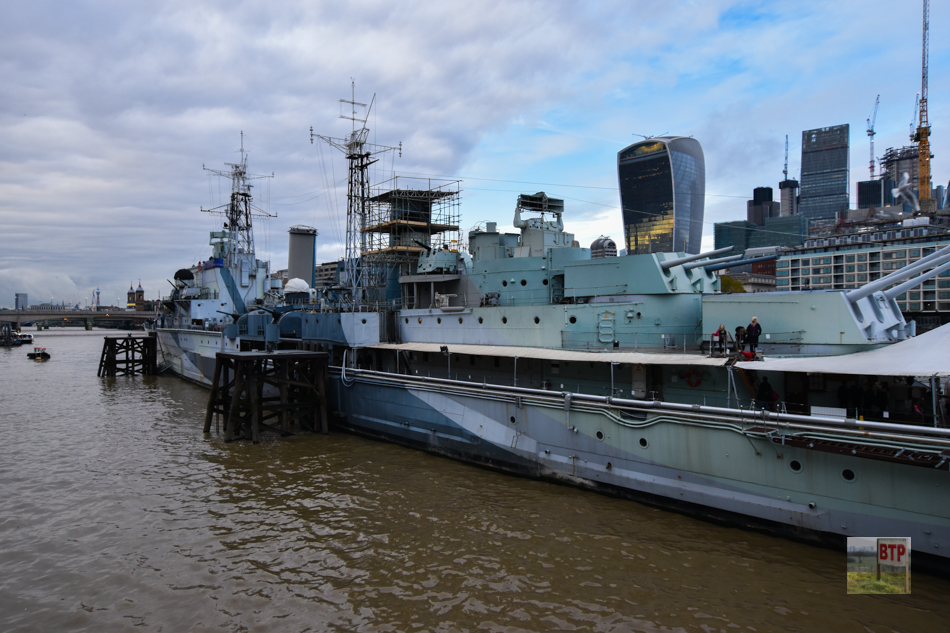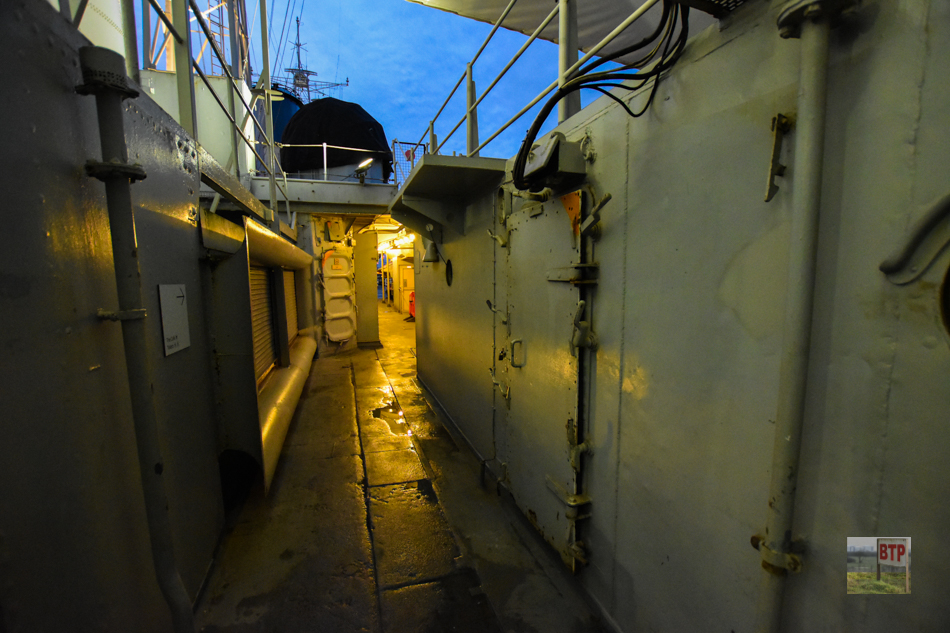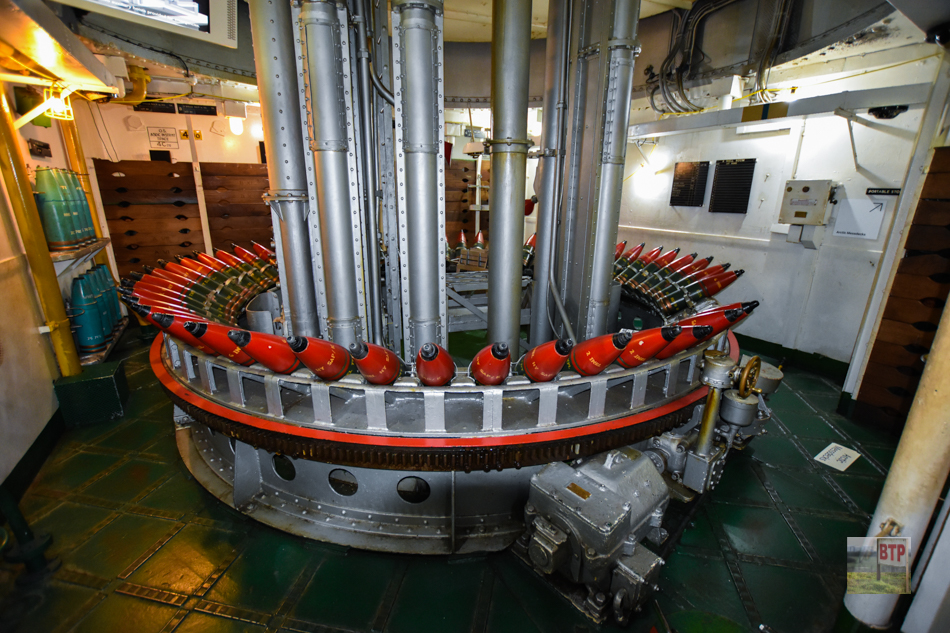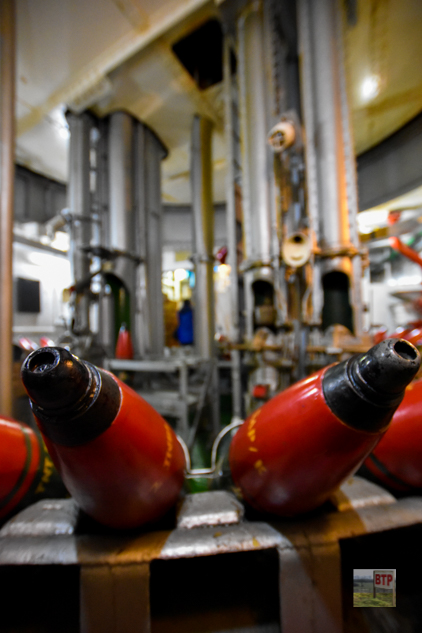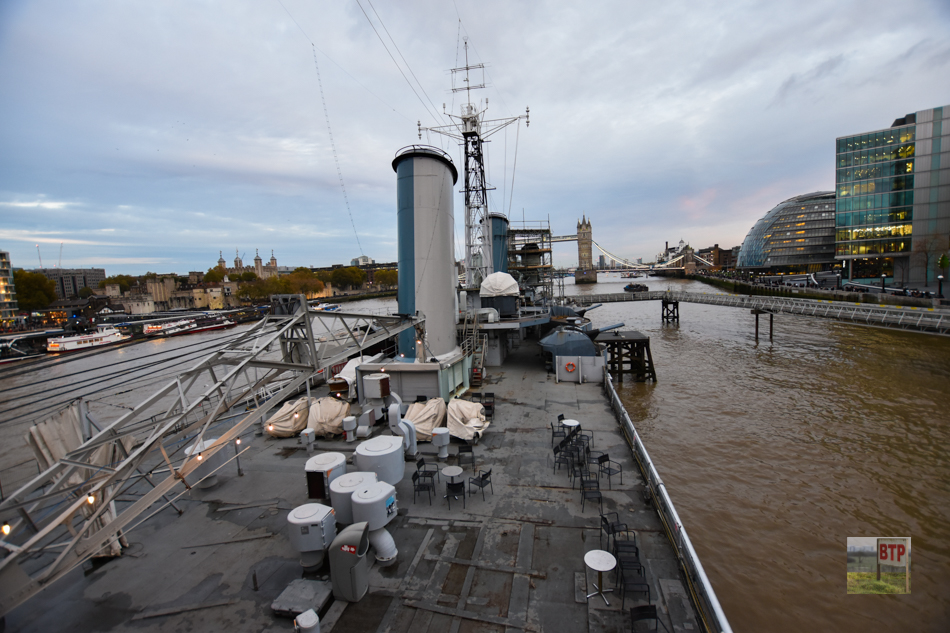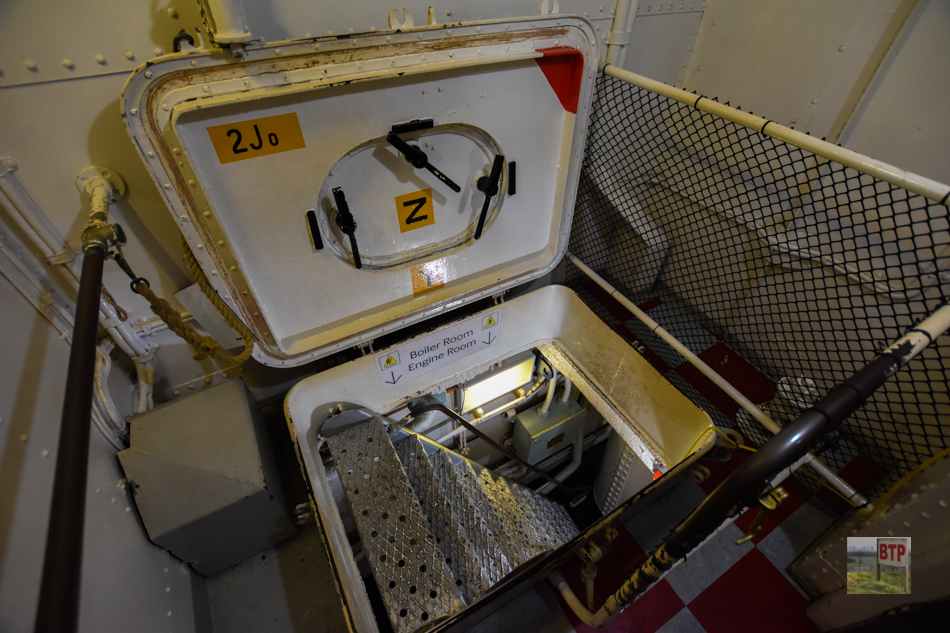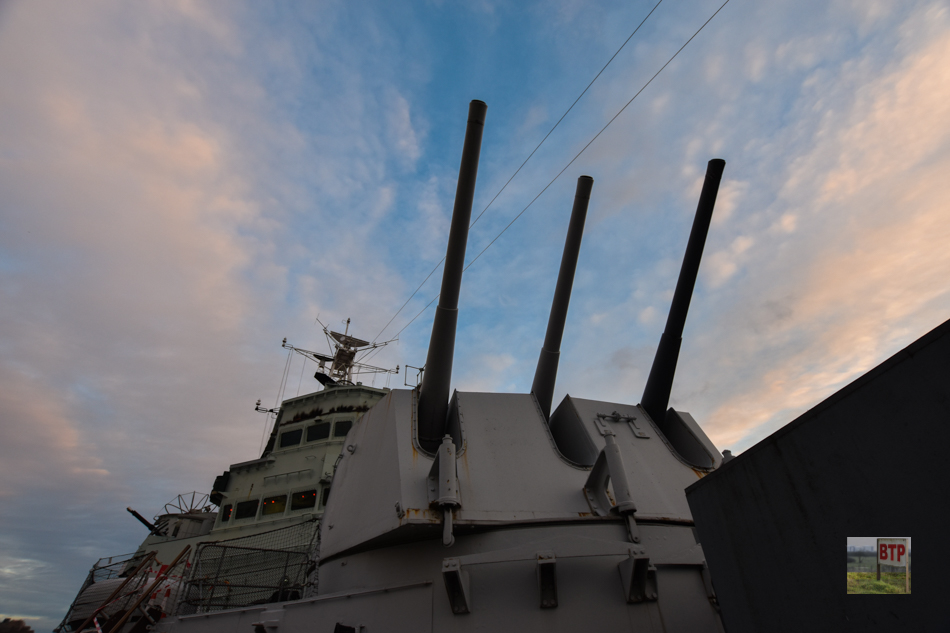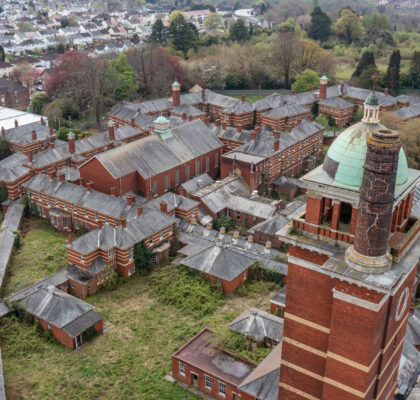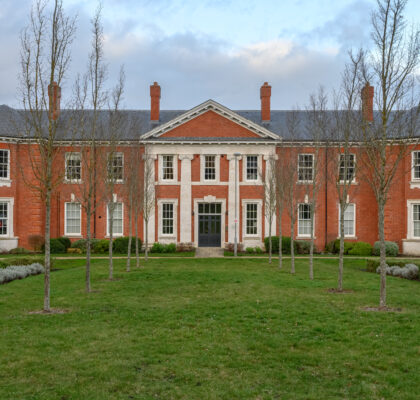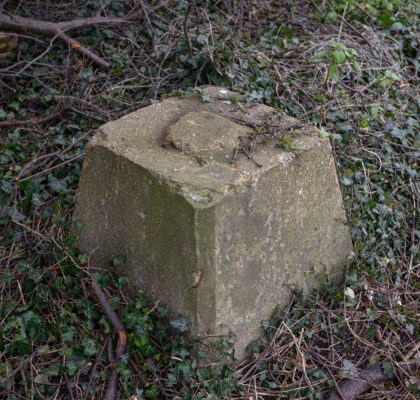80 years ago, HMS Belfast was first launched, in a career spanning WW2, D-Day, the Cold War and many more historical events. Today the armoured 11,000 tonne floating museum welcomes tourists and visitors alike to explore across all 9 decks, allowing people to explore a warship like never before. From the bomb store to the operating theatre, the ship has been recreated to take you back in time.
The ship was commissioned in 1936 at a cost of £2million. HMS Belfast was the first ship to be named after the Irish city and was appropriately launched by the Prime Minister’s wife on St. Patricks Day in 1938. The main battery on-board consisted of twelve Mk XXIII 6-inch guns in four triple turrets (see right) which was capable of firing up to eight rounds per minute, per gun with the main battery firing up to 96 rounds per minute! In addition to this and other weaponry, the ship also held six torpedo tubes. Belfast set sail for Portsmouth in August 1939, less than a month before World War 2 started. With a crew of 761, she was first assigned to the Home Fleet’s 2nd Cruiser Squadron.
The ship was initially part of the British naval blockade against the Germans although in 1939 the ship struck a mine and was out of use for over two years whilst extensive repairs took place. Although the damage initially didn’t look too bad, it was found that the shock of the explosion had caused severe warping to the structure and decks and had caused damage to machinery. Returning to war with improved weaponry and armour, the ship had many roles to play during the Second World War, from escorting Artic convoys to Russia to supporting the Normandy landings.
In 1944 the ship was used for the invasion of Normandy. It was there to provide support to landings by both British and Canadian forces. On June 2nd, Prime Minister Winston Churchill announced that he was going to sea with the fleet and would witness the invasion from HMS Belfast. This was opposed by many other senior figures and in the end it was the King, George VI, who ordered Churchill not to go. Weather delayed Belfast from starting the operation but at 5:30am on June 6th, the ship open fired on a German battery at Ver-sur-Mer. Post-war the ship was converted to be used in tropical conditions, and headed for Japan to fight against the Kamikaze.
Recommissioned in July 1963, she made a final visit to Belfast before paying off into reserve on February 25th. In July 1963 Belfast was recommissioned for the last time, with a crew of the Royal Naval Reserve (RNR) and sailed for Gibraltar in company with sixteen RNR minesweepers for a two-week exercise in the Mediterranean.
Belfast returned to Devonport in August of that year and underwent a short refit to prepare her for paying off into reserve. From May 1966 to 1970 she served as an accommodation ship and was moored in Fareham Creek, for the Reserve Division at Portsmouth. Whilst it was there the Imperial War Museum (IWM) became interested in preserving a 6-inch turret which would complement the museum’s pair of British 15-inch naval guns. When visiting in April 1967 it was suggested that the entire ship might be able to be saved by the museum and along with the National Maritime Museum and the Ministry of Defence, a committee reported that it was practical and economic although the government’s Paymaster General decided against preservation and HMS Belfast was waiting to be scrapped. A private trust was setup; chaired by Rear-Admiral Sir Morgan Morgan-Giles, captain of the ship from 1961-2. The Government finally conceded and the ship was handed over to the trust in 1971, following discussions in Parliament. ‘Operation Seahorse’ was launched and saw the ship transported from Portsmouth to Tilbury and then onto London where the ship remains today. The museum opened the same year and saw over 1.5 million visitors by 1975. The trust was merged with the museum that decade, shortly after the IWM bought the Duxford aerodrome.
Today you can explore all 9 decks of the ship and if you’re child at school then you might even be lucky enough to sleep on the ship overnight!

